
High Blood Sugar: 13 Early Warning Signs & 9 Strategies to Regain Control
High Blood Sugar: 13 Early Warning Signs & 9 Strategies to Regain Control
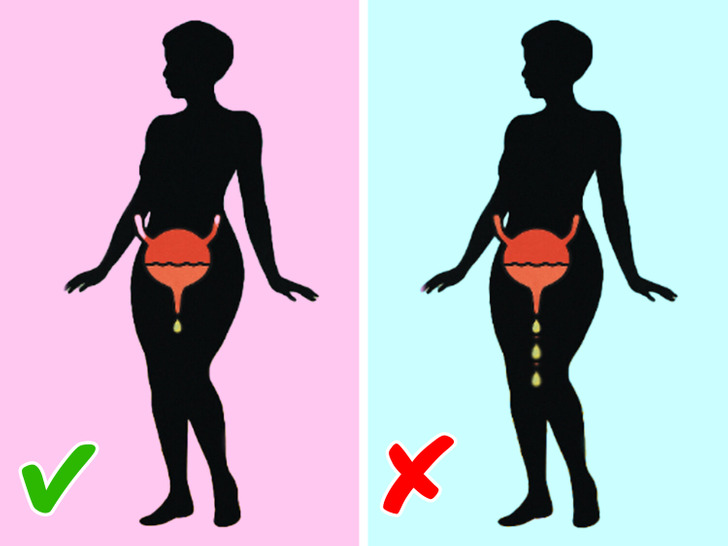
High blood sugar levels, the hallmark of Type 2 diabetes, often develop subtly with symptoms that are easily overlooked. Alarmingly, an estimated 1 in 3 people with diabetes are unaware they have it. Ignoring these early indicators can lead to severe health complications, including heart disease, nerve damage, and vision loss.
This article aims to help you identify the crucial warning signs of elevated blood sugar – the early alerts for Type 2 diabetes – so you can proactively safeguard your health and prevent future complications.
With the right combination of diet, exercise, and, if necessary, medication, diabetes is a manageable condition, enabling you to live a full and healthy life. This guide will first detail the early warning signs of diabetes, followed by effective strategies to prevent Type 2 diabetes and empower you to take control of your well-being.
Unmasking Diabetes: 13 Warning Signs of High Blood Sugar

In 2013, over 382 million people globally lived with diabetes, with 90% suffering from Type 2 diabetes. This metabolic disorder is characterized by persistently high levels of glucose (sugar) in the blood. It occurs either when the pancreas produces insufficient insulin—the hormone responsible for regulating blood sugar—or when the body's cells become resistant to insulin's effects. The following symptoms often arise as a result:
- Frequent Urination (Polyuria): If you find yourself needing to urinate much more often than usual, especially waking up multiple times at night, this could be a warning sign. Your kidneys work harder to flush excess glucose from your bloodstream.
- Excessive Thirst (Polydipsia): Directly linked to frequent urination, as your body loses more fluids, it constantly tries to replenish them, leading to persistent thirst.
- Increased Hunger (Polyphagia): Due to significant fluctuations in blood sugar, your body may experience sudden, intense cravings for food. Since cells aren't receiving enough glucose, your body signals a need for more.
- Dry Mouth: A persistent lack of moisture in the mouth is not only unpleasant but can also foster bacterial growth, leading to various oral and dental problems. Gum diseases are a known complication of diabetes.
- Unexplained Weight Loss or Gain: When insulin can't deliver glucose to cells, the body reacts as if it's starving, breaking down muscle protein for energy. Rapid, unexplained weight loss (e.g., 10-20 pounds over a couple of months) warrants immediate investigation. Conversely, increased consumption of sugary foods to combat cravings can lead to weight gain.
- Fatigue: Persistent tiredness can occur as the body constantly struggles to compensate for the lack of glucose in cells. Disrupted sleep from frequent urination exacerbates this. Individuals often experience chronic low energy, irritability, and a generally unwell feeling.
- Vision Problems: High blood sugar directly impacts the eyes, altering the shape of the lens. This can result in blurry vision, occasional flashes of light, and distorted sight. Initially, these changes are often reversible, but prolonged high sugar levels can cause permanent damage and even lead to vision loss.
- Headaches: Elevated blood sugar levels can trigger headaches, considered an early symptom of hyperglycemia. The intensity of these headaches often increases as the condition worsens.
- Slow-Healing Infections, Cuts, and Bruises: This classic diabetes symptom stems from blood vessel damage. Excessive sugar in the bloodstream harms veins and arteries, impairing their ability to transport blood efficiently to areas needing repair and healing.
- Yeast Infections: Bacteria and fungi thrive in a sugar-rich environment, making infections more common. Yeast infections, particularly vaginal candidiasis in women, are frequently observed.
- Numbness and Tingling in Hands and Feet: This symptom is a result of nerve damage (neuropathy) associated with diabetes. Tingling and numbness in the extremities can be accompanied by burning pain and swelling. If blood sugar levels are not managed, this nerve damage can become permanent, leading to diabetic neuropathy.
- Skin Changes: Acanthosis nigricans, characterized by velvety dark skin, may appear on the neck, groin, and armpits. Other unusual skin changes and generalized itchiness, especially in the vaginal or groin area, can also occur.
- Sexual Dysfunction: Diabetes can damage blood vessels and nerves supplying sex organs, leading to various sexual problems. Women may experience vaginal dryness, while men might have difficulty with erection, with 35% to 75% of diabetic men suffering from impotence.
If you are experiencing any of these symptoms, consult your doctor for blood tests to determine if you have Type 2 diabetes. Several tests are typically performed and often repeated to ensure a reliable diagnosis. A fasting plasma glucose test, conducted after 8 hours of fasting, can indicate diabetes if blood sugar levels are consistently above 126 milligrams per deciliter (mg/dL) on two separate occasions. Values between 100 to 125 mg/dL are considered prediabetes, a significant warning sign.
Taking Control: 9 Powerful Ways to Prevent Type 2 Diabetes

Most individuals develop "pre-diabetes" before progressing to Type 2 diabetes, where blood glucose levels are higher than normal but not yet at diagnostic levels. A pre-diabetes diagnosis should be taken seriously as a wake-up call for change.
Importantly, a pre-diabetes diagnosis does not guarantee progression to full-blown diabetes. It presents a crucial window of opportunity to adjust habits, as early intervention can often return blood glucose levels to a healthy range. Adopting healthier habits is the first essential step towards improving your health.
Being diagnosed with pre-diabetes is truly an opportunity to implement lifestyle changes that can prevent diabetes. Here are nine fundamental and effective steps to start improving your health and significantly reduce your risk:
- Be Physically Active: Increasing physical activity is one of the most impactful changes you can make to reduce your risk or even prevent Type 2 diabetes. If you haven't exercised in a while, start gradually: opt for stairs instead of elevators, do stretches while watching TV, etc. Exercise is vital for pre-diabetics as it lowers blood sugar levels and reduces body fat. Aim for 30 minutes of moderate-intensity activity five times a week. Even shorter bursts of activity throughout the day contribute to your overall health.
- Lose Weight: Obesity is a primary driver of Type 2 diabetes. Importantly, you don't need to lose a large amount of weight to make a significant difference. According to the American Diabetes Association, reducing just 7% of your body weight can lower your diabetes risk by approximately 58%! The goal is to improve your health and blood sugar, not to engage in extreme diets that could be detrimental.
- Quit Smoking: Research from 2012 demonstrates a strong link between smoking, insulin resistance, and inflammation. Smoking significantly increases the risk of developing Type 2 diabetes and worsens its complications. Avoiding smoking is a crucial step for diabetes control and preventing related complications.
- Improve Sleep Habits: A 2007 study revealed that short sleep duration is a significant risk factor for diabetes. Individuals who slept 5 or fewer hours were nearly twice as likely to develop diabetes over the follow-up period compared to those who slept 7 hours. Insufficient sleep makes weight loss difficult and impairs the body's ability to use insulin efficiently. Adopt good sleep hygiene: maintain regular bedtimes and wake times, relax before bed, and avoid excessive screen time before sleep.
- Seek Support: Weight loss, healthy eating, and regular physical activity are much easier to sustain with a strong support system. Consider joining groups with similar health goals (e.g., weight loss or running clubs) to find encouragement and stay on track, preventing mental and physical burnout.
- Refine Your Diet: A diet rich in red meat, unhealthy fats, sugars, and processed foods increases your diabetes risk. Instead, prioritize vegetables, especially non-starchy varieties like spinach, broccoli, carrots, and green beans. Incorporate plenty of dietary fiber and choose whole grains over refined grains (e.g., brown rice instead of white rice). Fruits are also encouraged; despite concerns about sugar content, the American Diabetes Association supports fruit consumption when considering the glycemic index.
- Reduce Stress Levels: A 2017 study published in PLoS One identified stress as a strong risk factor for Type 2 diabetes. The research concluded that improving mental health and reducing stress could lessen the increasing incidence of Type 2 diabetes and lead to better glycemic control.
- Regular Doctor Visits: For those diagnosed with pre-diabetes, frequent medical monitoring (every three to six months) is highly important. Regular check-ups provide reassurance if your condition is stable or improving. If your condition doesn't improve, your doctor can help you get back on track, or provide specific advice or medication if necessary.
- Commit to Change: Commitment to a lifestyle change is the most vital key to success. Understand that perfection isn't required every day, and changes take time. However, a steadfast commitment to doing your best most of the time is essential. Crisis and challenges are inherent parts of any change process; embrace these moments, learn from them, and emerge stronger.
News in the same category


USA: Successful Trial of 'Miracle Drug' That Destroys 60 Types of Cancer

Bitter Mouth Upon Waking: What Does It Warn About? When Should You See a Doctor?

A Doctor On TikTok Explains The Risks Of Kissing Dying People

Why Are My Veins Suddenly Bulging and Visible?

Liver Damage: 12 Warning Signs & How to Naturally Boost Liver Health

Tonsil Stones: Natural Ways to Remove and Prevent Them

Soothe Ear Infections Naturally: Top Home Remedies for Relief
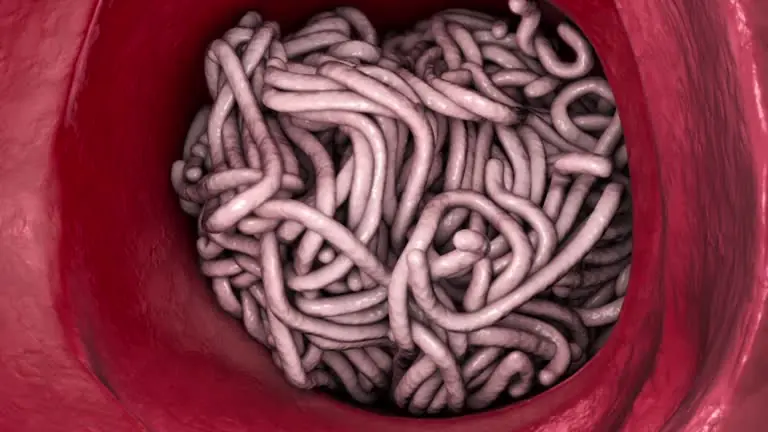
Natural Solutions for Intestinal Worms: Diet, Supplements & Home Remedies
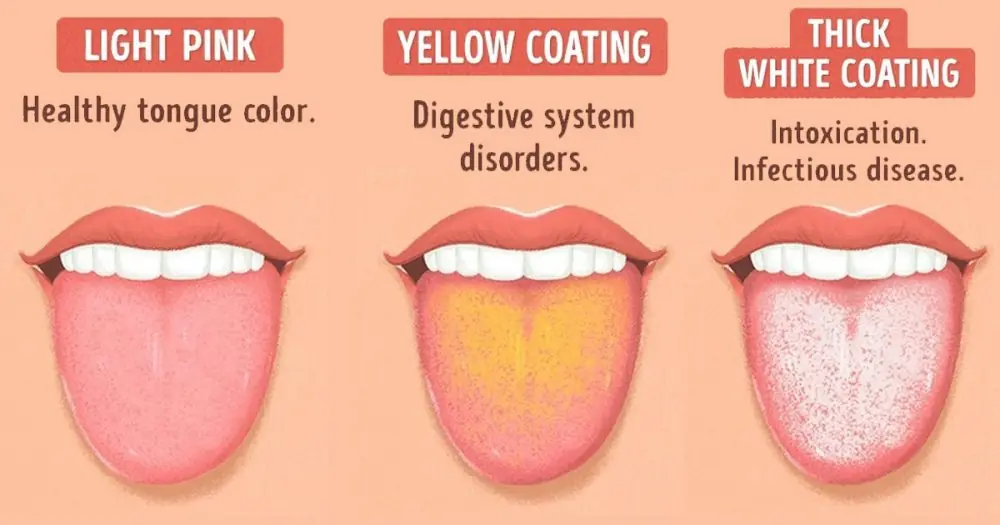
What Your Tongue Can Tell You: 8 Health Clues Written on Your Tongue

4 Warning Signs Your Liver Is in Trouble: Even Just One Means You Should See a Doctor ASAP

5 Groups of People Who Should Never Eat Avocados – No Matter How Much They Crave Them

Diagnosed with Cancer at 40, Soong Mei-ling Lived to 106: Her Secret Was in One Anti-Cancer Vegetable and Three Cheap Drinks from the Market
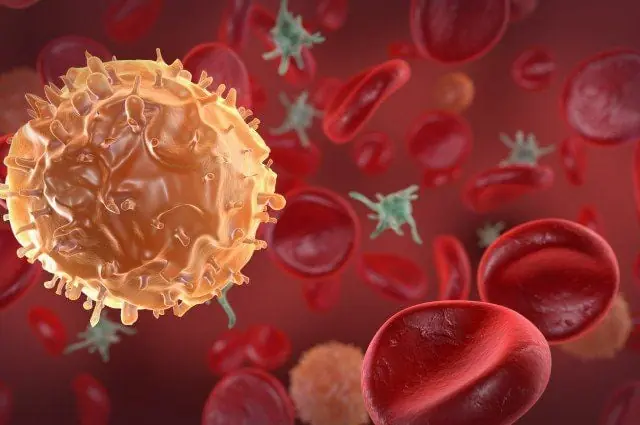
People with Cancer Often Share 3 Common Morning Signs, Especially After Age 40
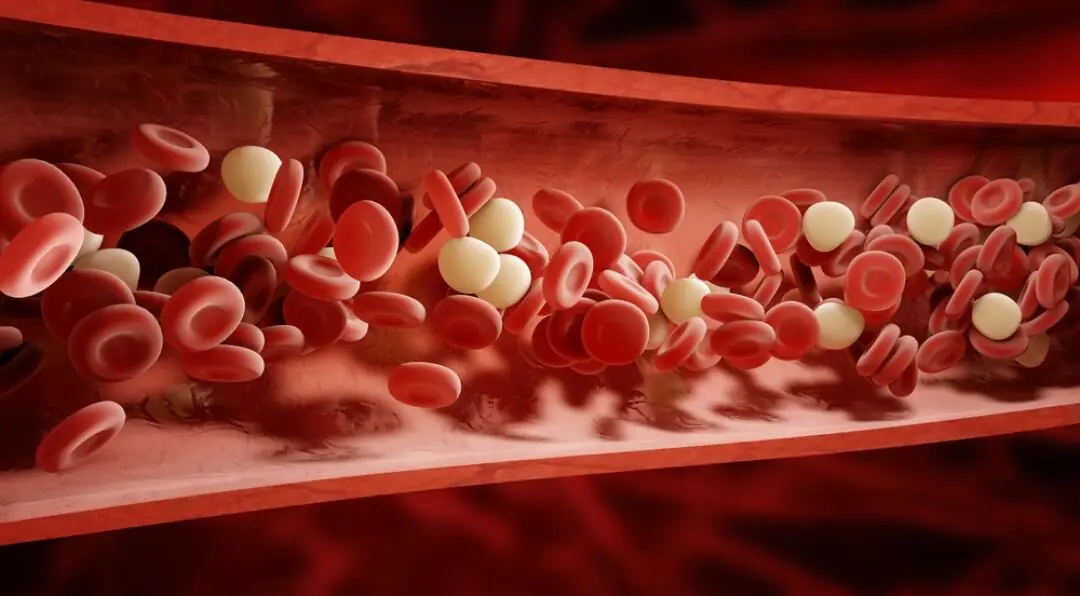
Nature's Anticoagulants: Exploring Foods, Supplements, and Vitamins for Healthier Blood

6 Foods That May Fuel Cancer Growth: What You Need to Know

The Best Scientifically Proven Foods to Cleanse Your Liver

20 subtle cancer symptoms commonly missed

Increased Screen Exposure In Kids Linked to Anxiety, Aggression, and Self-Esteem Issues, Study Says
News Post

7 Foods You Should Never Reheat or Store Overnight: Dangerous to Your Health

USA: Successful Trial of 'Miracle Drug' That Destroys 60 Types of Cancer

Bitter Mouth Upon Waking: What Does It Warn About? When Should You See a Doctor?

Circus lion was locked up for 20 long years, now watch his reaction when he’s released

The detailed escape story of the Air India crash survivor met with skepticism

For the Cost of an Iphone He made a House of only 89 Squares, but Wait Until you See Inside

A Doctor On TikTok Explains The Risks Of Kissing Dying People

Unleash the Hidden Power of Papaya Seeds: A Tiny Superfood for Big Health Gains

Why Are My Veins Suddenly Bulging and Visible?

Unlock Radiant Skin Naturally: The Powerful Duo of Vaseline and Tomato for Beauty

Liver Damage: 12 Warning Signs & How to Naturally Boost Liver Health

Frozen for 34 Million Years: Lost World Found Beneath Antarctica’s Ice

If You're Experiencing PAIN And NUMBNESS In Your Legs, STOP EATING These Foods | Vitality Solutions

The Safest Countries To Be In If World War 3 Begins

Coleus Amboinicus: The Forgotten Herb Every Home Should Know About

Tonsil Stones: Natural Ways to Remove and Prevent Them

The Hidden Power of Lamb’s Quarters: Nature’s Humble Wonder

Soothe Ear Infections Naturally: Top Home Remedies for Relief
